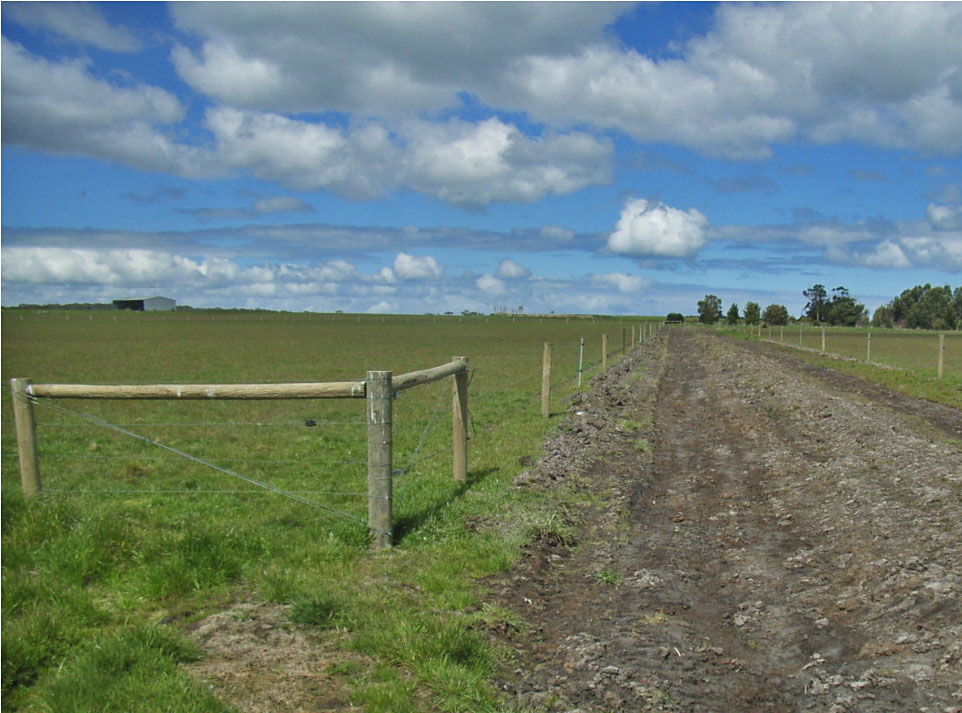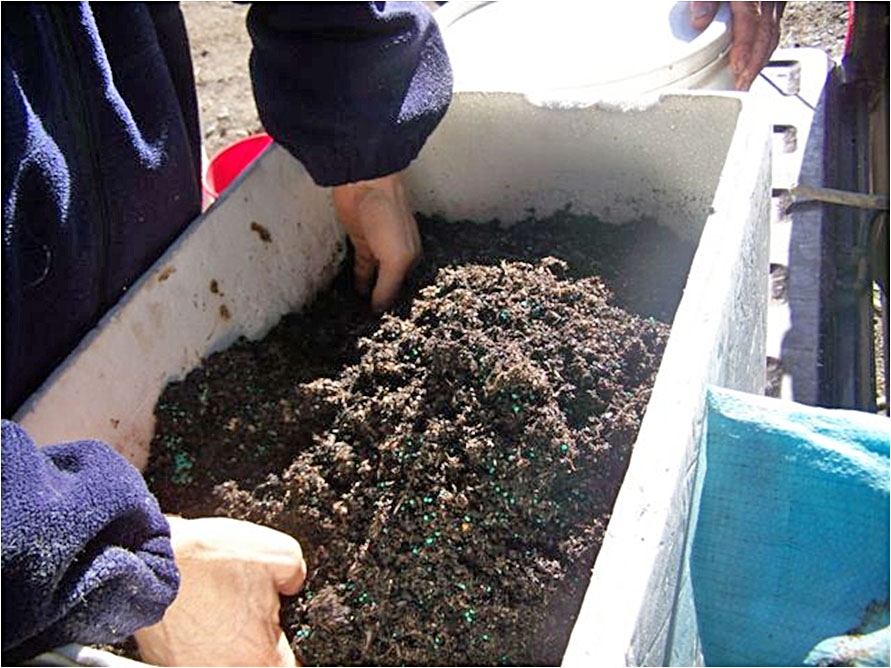Direct Seeding in South Gippsland
A cost effective and efficient form of revegetation.
The galleries below demonstrate various methods that can be used for different terrains and desired outcomes:
- Rippa Seeder – scalping method
- Mouldboard Ploughing
- Scalping with blade
- Niche Seeding on steep slopes
1. Rippa Seeder - Scalping Method
- Simple machine to operate.
- The blades of the rippa seeder remove the top 10-15 cm of soil.
- This removes the bulk of the weed seed layer, exposing a cleaner surface of soil.
- Seed is then placed on this prepared surface.
- Without weed seed, the indigenous seed can germinate and grow with limited competition.





2. Mouldboard Ploughing
- Requires competent operator to undertake.
- Inverts top 20-30cm of soil, exposing sub soil free from weed seed.
- Seed is distributed over top of soil.
- Many cracks and crevices for seed to nestle into, creating different microclimates.
- Rough surface with random plant spacing.


3. Scalping with blade
- Simple operation using a more common farmimplement.
- Aims to remove the top layer of soil from where seed is distributed.
- Leaves smoother more groomed site compared to other methods.




4. Niche Seeding on steep slopes
- Makes revegetation on steep slopes easier, quicker and cheaper.
- Using pre germinated seed – Seed placed in potting mix for 7 days prior to sowing.
- Site requires spraying prior to sowing.
- Using a hoe, chip a small area of soil out.
- Seed is placed in shallow chipped out hole.
- No heavy earth works required.
Case Study






Summary
- The key to successful direct seeding lies with quality seed. The South Gippsland Seed Bank (SGSB) provides quality indigenous seed to suit all forms of direct seeding.
- Site preparation is also a key ingredient to the success of direct seeding projects. Advice is available from the SGSB on preparing a site for direct seeding.



